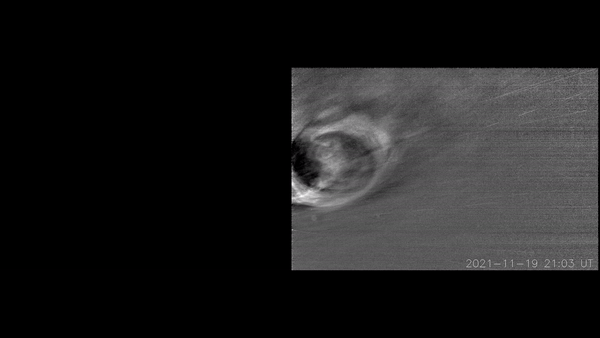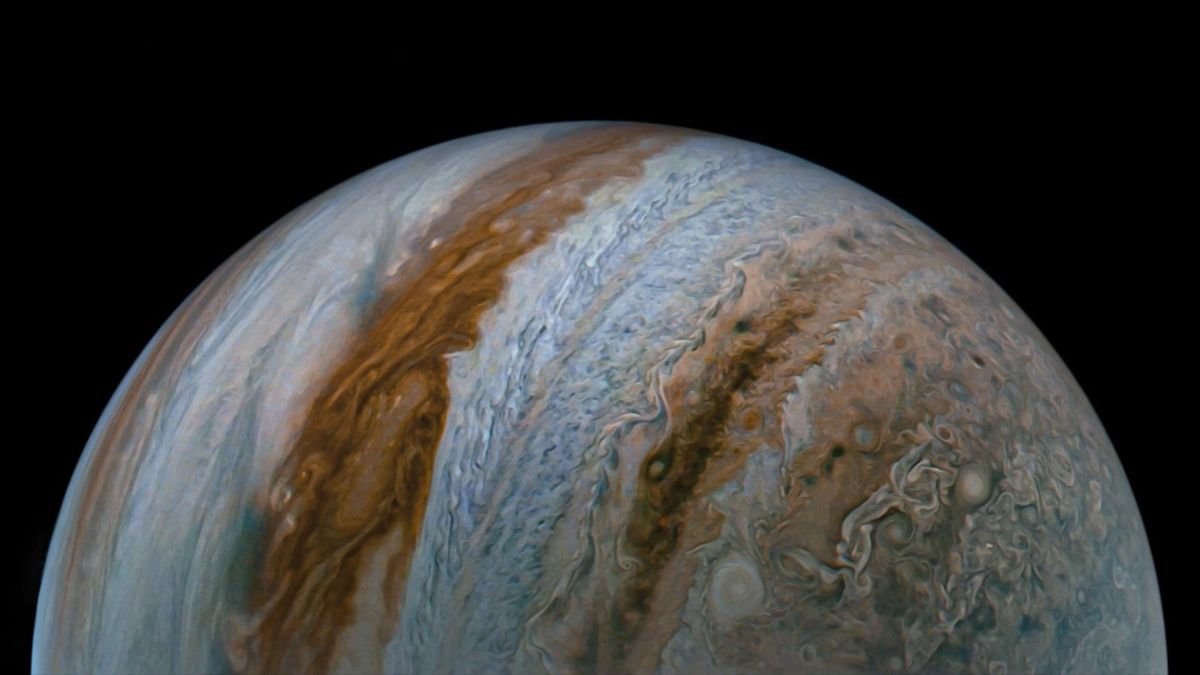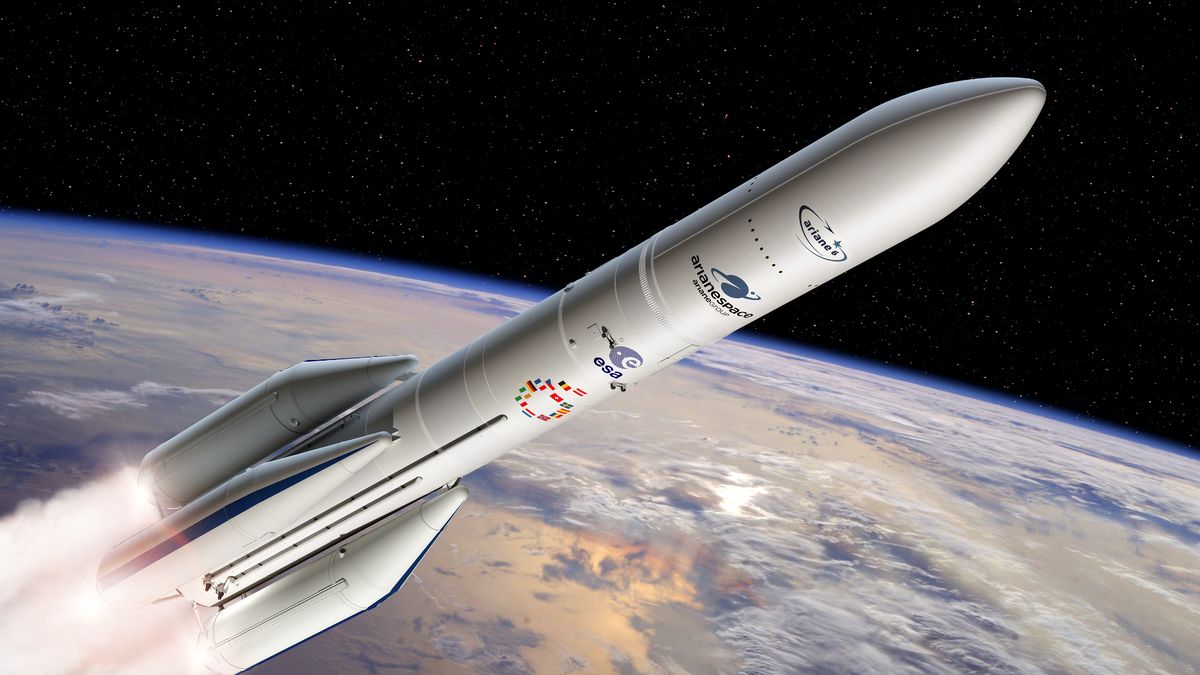The Wonders of Coronal Mass Ejections
Periodically, the sun releases massive clouds of plasma into outer space through its magnetic field. Known as coronal mass ejections (CMEs), these events can have a variety of impacts when they interact with Earth, ranging from spectacular auroras to disruptions of electrical grids and satellites. Recently, NASA’s Parker Solar Probe achieved a groundbreaking milestone by capturing a close-up view of a CME as it originated from the sun.
The Probe’s Discovery
The Parker Solar Probe’s Wide-field Imager for Parker Solar Probe (WISPR) instrument provided a clear glimpse inside the CME, revealing turbulent eddies within the phenomenon. Solar physicists identified these eddies as Kelvin-Helmholtz instabilities (KHI), which occur when patches of fast-moving fluid interact with each other. This turbulence is akin to what happens in Earth’s atmosphere when differences in wind speed create eddies in the clouds.
While scientists had previously theorized the existence of KHI in CMEs due to the conflicting motion of plasma within them compared to the background solar wind, they lacked the necessary technology and positioning to observe these instabilities directly. Evangelos Paouris, a solar physicist at George Mason University, emphasized the importance of understanding turbulence in unlocking insights into CME development and behavior.
The Parker Solar Probe’s Mission
Launched in August 2018, the Parker Solar Probe has ventured closer to the sun’s corona than any previous spacecraft, venturing to as close as 11.5 solar radii from the sun’s surface. By leveraging Venus’s gravity through multiple flybys, the probe has been able to adjust its speed and trajectory, gradually orbiting the sun more tightly with each pass. Future plans include bringing the probe within just 9.5 solar radii from the sun in 2025 and beyond.
With this unprecedented insight into the dynamics of CMEs, scientists are poised to deepen their understanding of solar phenomena and their impacts on the space environment. The Parker Solar Probe’s ongoing mission promises to unravel more mysteries of the sun’s behavior and provide valuable data for future research endeavors.
Image/Photo credit: source url





